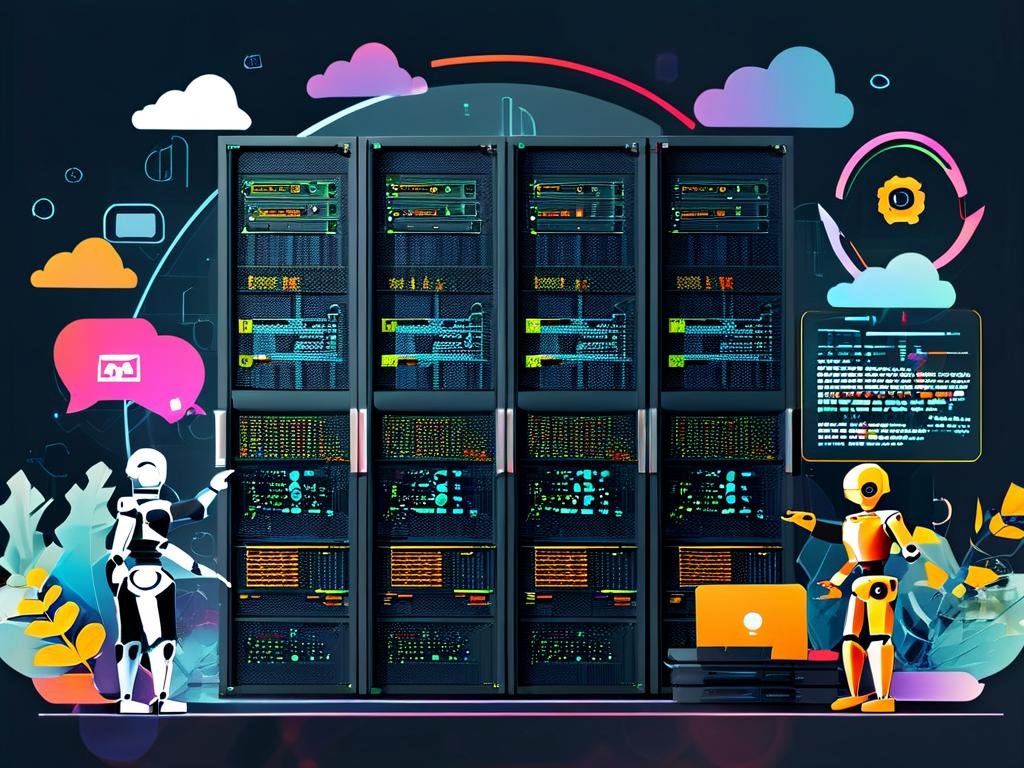In the dynamic world of open-source development, automating build and deployment processes has become a cornerstone for enhancing efficiency and reliability. Open-source systems, by their collaborative nature, demand streamlined workflows to handle frequent code contributions, testing, and releases. This article delves into how automation transforms these aspects, reducing human error and accelerating innovation. We'll explore key tools, practical implementations, and real-world benefits, with illustrative code snippets to guide your journey.

At its core, automated build refers to the process of automatically compiling, testing, and packaging source code into executable artifacts whenever changes are pushed to a repository. This eliminates manual intervention, ensuring consistent outputs across diverse environments. For open-source projects, where contributors span the globe, this consistency is vital. Tools like Jenkins, GitHub Actions, and Travis CI dominate this space. They trigger builds on events like git commits, running scripts to verify code integrity. For instance, a GitHub Actions workflow can be set up to build a Python application upon every push, catching bugs early.
Complementing this, automated deployment takes the built artifacts and deploys them to target environments—be it staging, production, or cloud platforms—without manual oversight. This phase leverages containerization technologies such as Docker and orchestration systems like Kubernetes to ensure scalable, repeatable releases. In open-source ecosystems, this means faster updates for end-users and easier collaboration among maintainers. A common approach involves using infrastructure-as-code tools like Terraform to define environments, coupled with deployment pipelines that roll out changes incrementally to minimize downtime.
The synergy between build and deployment automation creates a continuous integration and continuous deployment (CI/CD) pipeline, a game-changer for open-source initiatives. It fosters agility, allowing teams to respond swiftly to user feedback or security patches. For example, a popular open-source library can integrate a CI/CD setup to automatically test pull requests, build new versions, and deploy them to package repositories like npm or PyPI. This not only speeds up releases but also enhances trust, as automated tests validate functionality before deployment.
Implementing such automation requires careful planning. Start with version control integration; tools like Git serve as the foundation. Then, configure build scripts to handle dependencies and tests. Here’s a basic GitHub Actions YAML snippet for a Node.js project, showcasing build automation:
name: Node.js CI
on: [push]
jobs:
build-and-test:
runs-on: ubuntu-latest
steps:
- uses: actions/checkout@v3
- name: Setup Node.js
uses: actions/setup-node@v3
with:
node-version: '18'
- name: Install dependencies
run: npm install
- name: Run tests
run: npm test
This code automates installing dependencies and running tests on every push, flagging issues instantly. For deployment, extend the pipeline with steps to build Docker images and push them to a registry. A simple addition might include:
- name: Build and Push Docker Image
run: |
docker build -t myapp:${{ github.sha }} .
docker push myapp:${{ github.sha }}
Deployment automation can then use this image in a Kubernetes cluster via Helm charts or similar, ensuring seamless rollouts.
Beyond tools, the advantages for open-source systems are profound. Automation slashes time-to-market—projects like Linux kernel or Apache projects rely on it for rapid iterations. It also democratizes contributions; newcomers can submit code confidently, knowing automated checks catch errors. Moreover, it enhances security by enforcing consistent scans during builds, a must for open-source software exposed to vulnerabilities. However, challenges exist, such as initial setup complexity or resource costs. Mitigate these by starting small—use free-tier cloud services—and document everything for community transparency.
In , automating build and deployment is not just a luxury but a necessity for thriving open-source ecosystems. It empowers maintainers to focus on innovation rather than repetitive tasks, fostering sustainable growth. As the landscape evolves, adopting these practices will define success, turning collaborative efforts into reliable, user-ready solutions. Embrace automation today to build a resilient future for open source.









